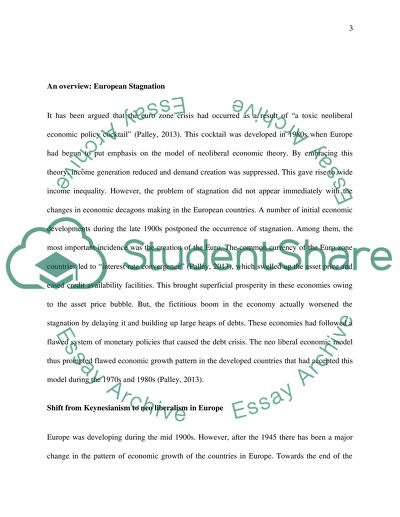Cite this document
(“World Economy Since 1945 Essay Example | Topics and Well Written Essays - 1750 words”, n.d.)
Retrieved from https://studentshare.org/macro-microeconomics/1483582-world-economy-since
Retrieved from https://studentshare.org/macro-microeconomics/1483582-world-economy-since
(World Economy Since 1945 Essay Example | Topics and Well Written Essays - 1750 Words)
https://studentshare.org/macro-microeconomics/1483582-world-economy-since.
https://studentshare.org/macro-microeconomics/1483582-world-economy-since.
“World Economy Since 1945 Essay Example | Topics and Well Written Essays - 1750 Words”, n.d. https://studentshare.org/macro-microeconomics/1483582-world-economy-since.


